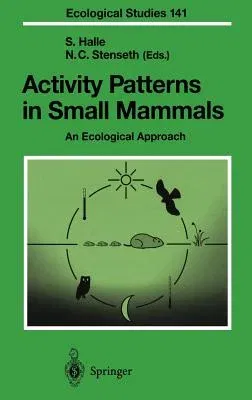Activity Patterns in Small Mammals: An Ecological ApproachHardcover, 6 July 2000

Qty
1
Turbo
Ships in 2 - 3 days
In Stock
Free Delivery
Cash on Delivery
15 Days
Free Returns
Secure Checkout

Part of Series
Ecological Studies
Part of Series
Ecological Studies,
Part of Series
Ecological Studies Ecological Studies
Print Length
322 pages
Language
English
Publisher
Springer
Date Published
6 Jul 2000
ISBN-10
354059244X
ISBN-13
9783540592440
Description
Product Details
Book Format:
Hardcover
Country of Origin:
DE
Date Published:
6 July 2000
Dimensions:
23.39 x
15.6 x
2.06 cm
Genre:
Ecology
ISBN-10:
354059244X
ISBN-13:
9783540592440
Language:
English
Location:
Berlin, Heidelberg
Pages:
322
Publisher:
Weight:
662.24 gm